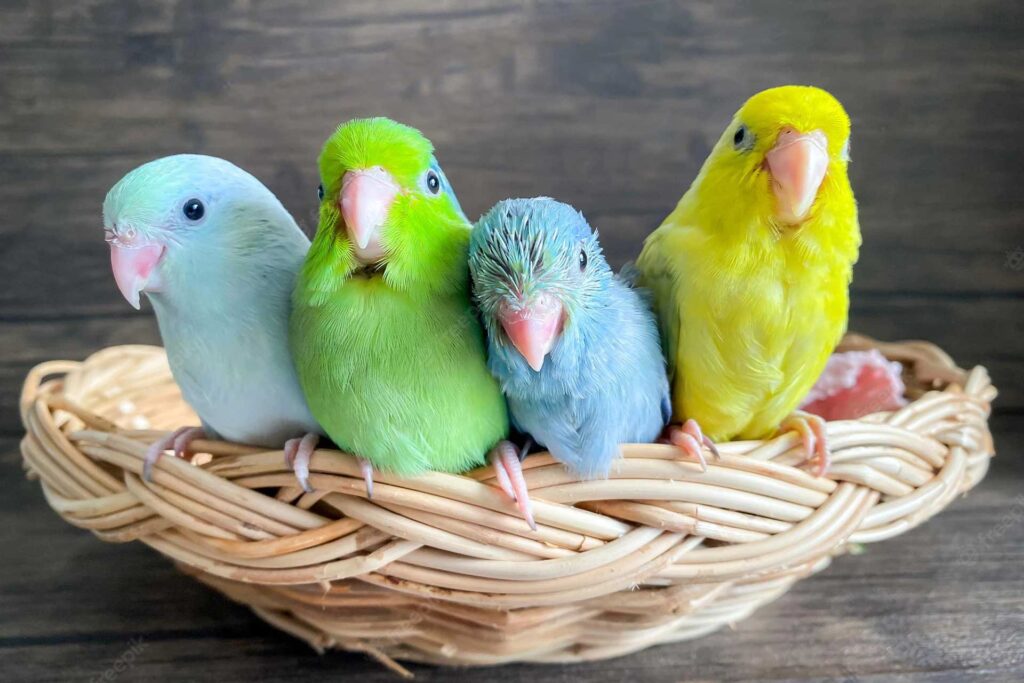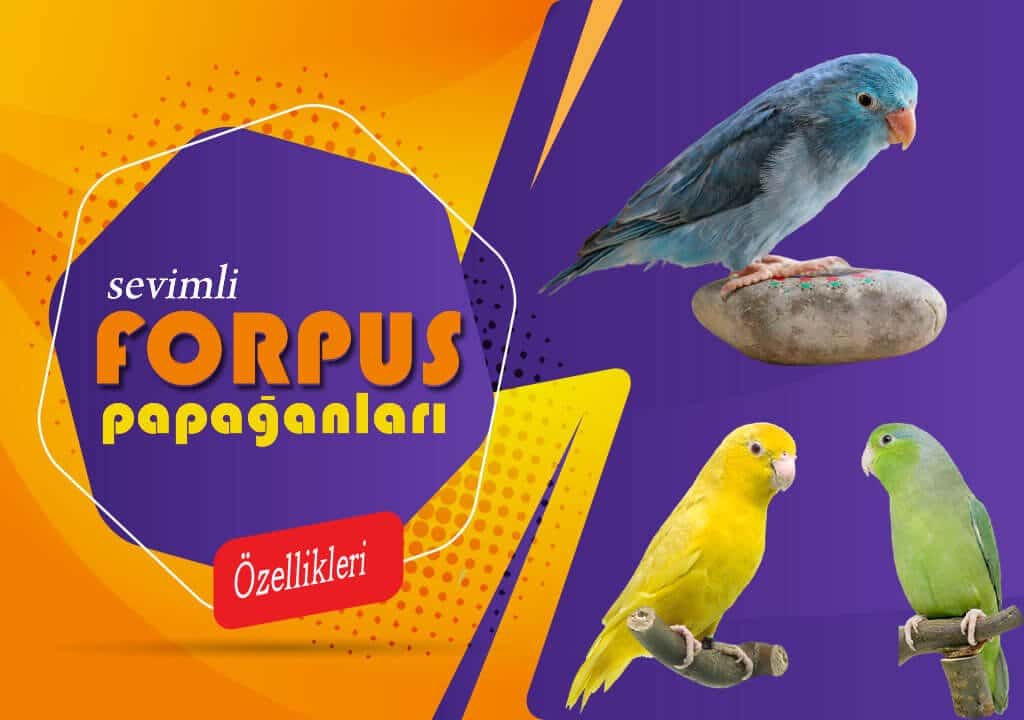Blog
Forpus Parrot Care

Forpus parrots, a species of parrot that draws attention with its resemblance to the budgerigar and its affectionate attitude, stand out as a parrot species that grows in the South American continent. This type of parrot is easy to care for like budgies and is close in size to budgies.
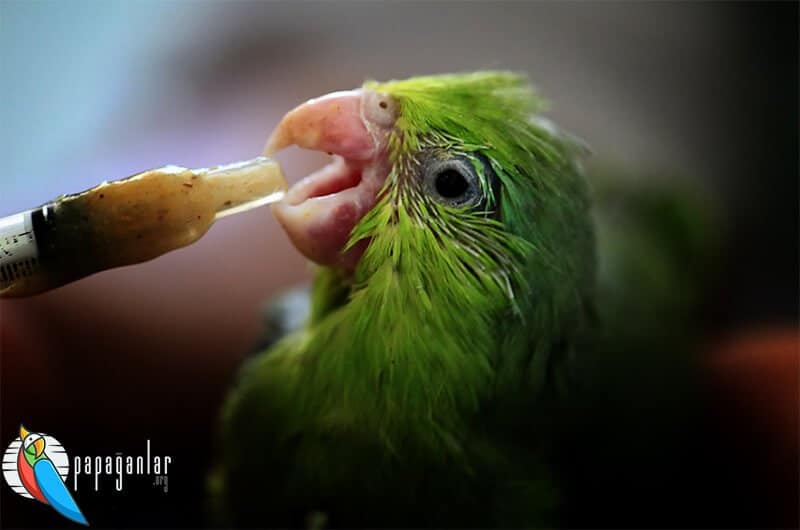
This bird species, which has a length of approximately 10 cm and 14 cm, has an average weight of 23 grams. Their social relationships are very strong, they become attached to their owner quickly and they can be jealous of other people. The species of parrot with 20 subspecies are:
- Green
- Blue
- Cinnamon Green & Blue
- Pied Green & Blue
- Grey
- Cobalt
- American Green & Blue
- Green & Blue Fallow
- Blue Marble
- Cobalt Marble
- Pied Blue & Green
- Cinnamon Green & Blue Fallow
- Cinnamon Cobalt Fallow
- Mauve
- Albino
- Lutino
- Mauve Pied
- Mauve Marble
- Mauve Fallow
- Olive
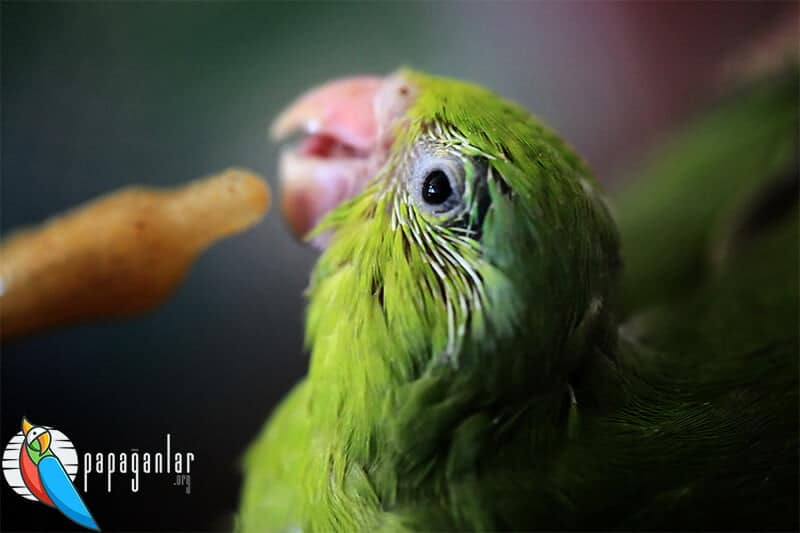
Forpus Parrot Production
Production is one of the most frequently asked questions about forpus parrots, a type of parrot that has become popular throughout our country in the last few years. Issues such as the sex of Forpus parrots, how they mate, how many eggs they lay, and the offspring of the parrot may be confusing you. This parrot species is a species that reproduces quickly just like in budgerigars and has the potential to give a large number of offspring at the same time.
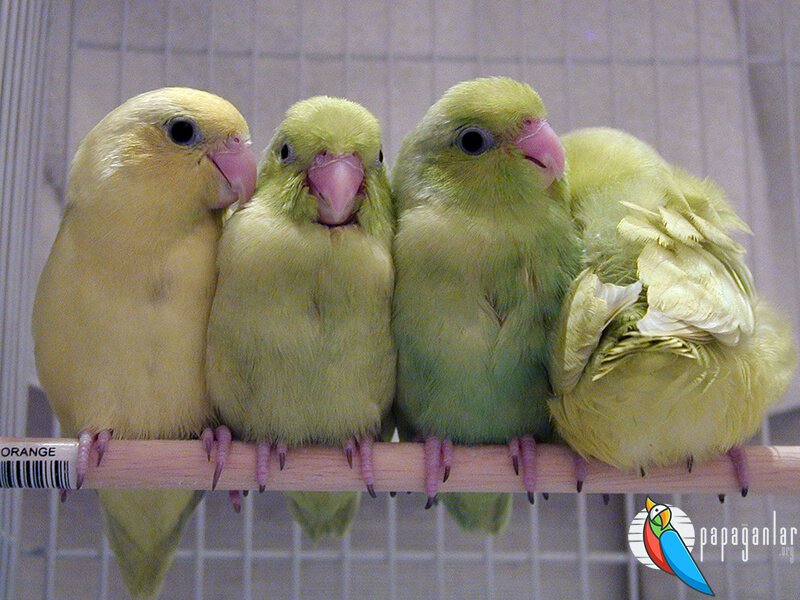
Forpus parrots can give a total of 4 or 5 offspring per season. At the same time, forpus parrots belong to the caretaker parrot type within the parrot family. With the right care and enough attention, they can be produced comfortably in a cage environment.
In order for a parrot to incubate, it must have closed boxes, as with budgies. On the other hand, the floor of the nest must be sawdust that does not contain any chemicals.
Forpus Parrot Mating
The female of the forpus parrots, whose sex you have determined as male and female, should be placed in the breeding cage a few days before the males. This is a requirement for her to get used to her new environment. After the male parrot is placed in the breeding cage, you should observe them from a distance without being noticed in order to avoid possible conflicts and injuries in fights.
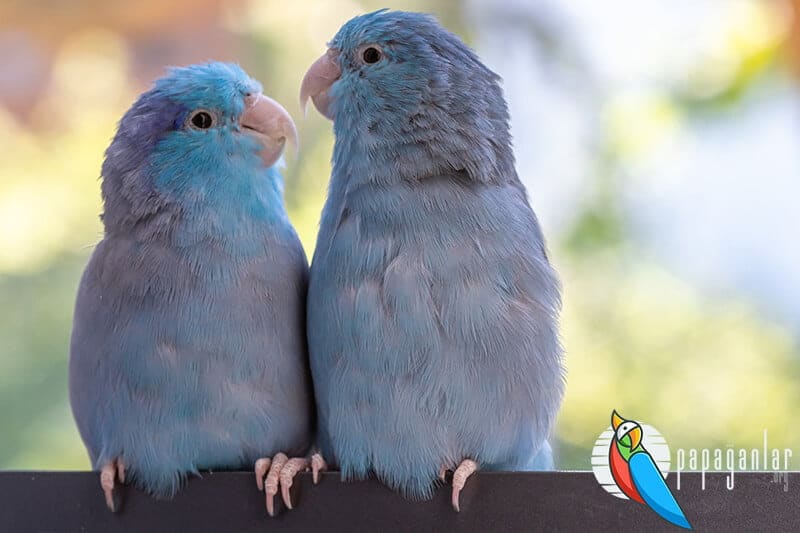
If you suspect that one of them is in danger, you should be ready to take action immediately. On the other hand, it’s good to give them some time. In this parrot species, swelling of the butt part is shown as a sign of egg formation or not.
If there is an upcoming ovulation, another indication of this is large defecations. On average, this parrot can lay between four and seven eggs. However, it has also been observed that they lay up to 10 eggs. Existing eggs continue to spawn every day until the spawning process is completed.
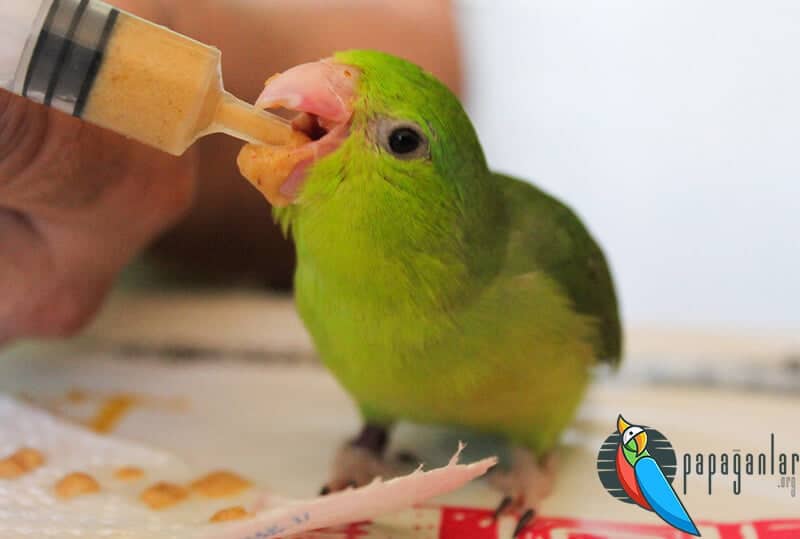
Forpus Parrot Handling
When you want to spice up your life by owning a forpus parrot, your first job should be to decide where to house it. Buying a budgie cage for her by mistake about her height is the biggest mistake you can make. You should buy her a cage where she can move freely and flap her wings and leave it alone for a few days.
A newly arrived forpus parrot can hardly get over the shock of arriving and is afraid of you. You should wait patiently for a few days by giving her time and not intimidate her. Getting used to your hand is also a time-consuming process. Here it is very important to go step by step. You can empathize to facilitate the process in this regard.
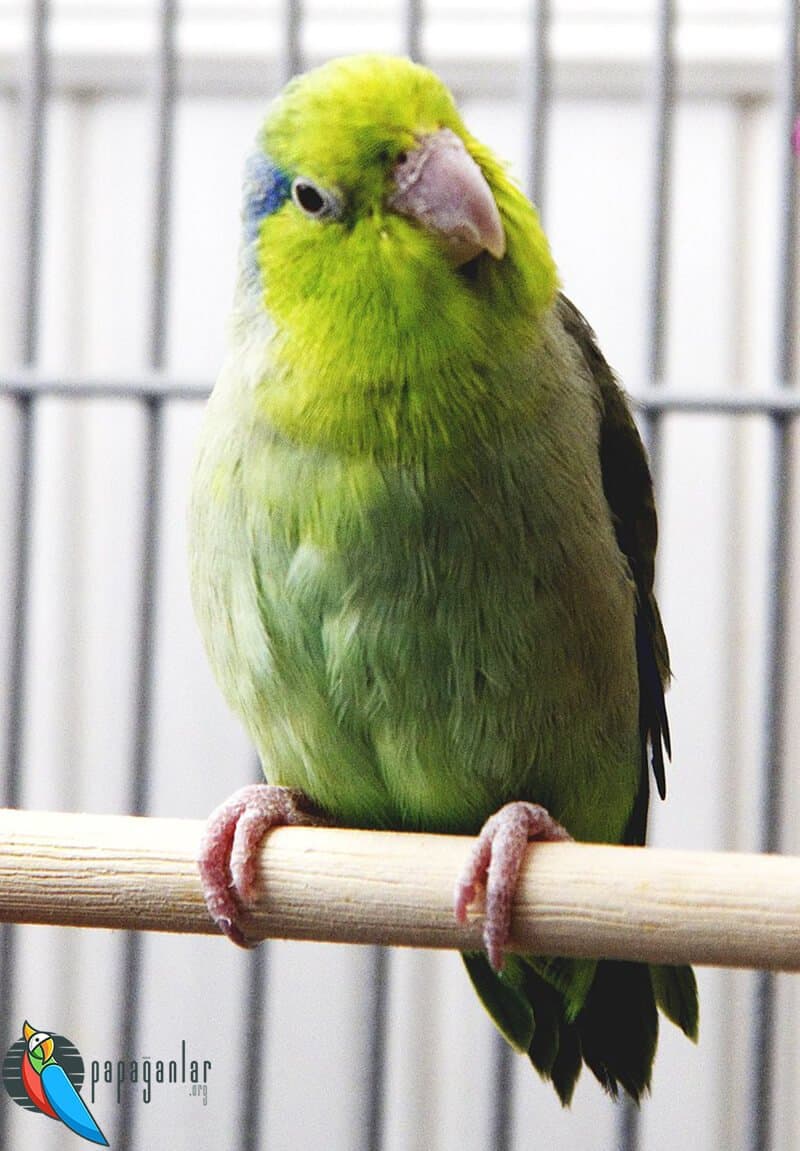
Put yourself in your pet’s shoes and imagine being brought from one place to another. Moreover, the place you come from is a place you have never seen before, and you do not know the person who approaches your cage and always extends her hand to you. Moreover, this person is much older than you, in which case you would be afraid, wouldn’t you? Likewise, you should give your parrot time. Then again, you should get used to your hand with small movements.
Frequently Asked Questions about Forpus Parrots
Related Posts
Forpus Parrot Prices 2023
-
Posted by
cicikus
- 0 comments
Forpus Parrot Sound
-
Posted by
cicikus
- 0 comments
Forpus Parrot Characteristics
-
Posted by
Afacan
- 0 comments
Forpus Parrot
-
Posted by
Afacan
- 0 comments
Forpus Parrot Cage
-
Posted by
Afacan
- 0 comments




